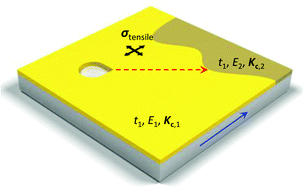Cracking-assisted fabrication of nanoscale patterns for micro/nanotechnological applications
Abstract
Cracks are frequently observed in daily life, but they are rarely welcome and are considered as a material failure mode. Interestingly, cracks cause critical problems in various micro/nanofabrication processes such as colloidal assembly, thin film deposition, and even standard photolithography because they are hard to avoid or control. However, increasing attention has been given recently to control and use cracks as a facile, low-cost strategy for producing highly ordered nanopatterns. Specifically, cracking is the breakage of molecular bonds and occurs simultaneously over a large area, enabling fabrication of nanoscale patterns at both high resolution and high throughput, which are difficult to obtain simultaneously using conventional nanofabrication techniques. In this review, we discuss various cracking-assisted nanofabrication techniques, referred to as crack lithography, and summarize the fabrication principles, procedures, and characteristics of the crack patterns such as their position, direction, and dimensions. First, we categorize crack lithography techniques into three technical development levels according to the directional freedom of the crack patterns: randomly oriented, unidirectional, or multidirectional. Then, we describe a wide range of novel practical devices fabricated by crack lithography, including bioassay platforms, nanofluidic devices, nanowire sensors, and even biomimetic mechanosensors.


 Please wait while we load your content...
Please wait while we load your content...